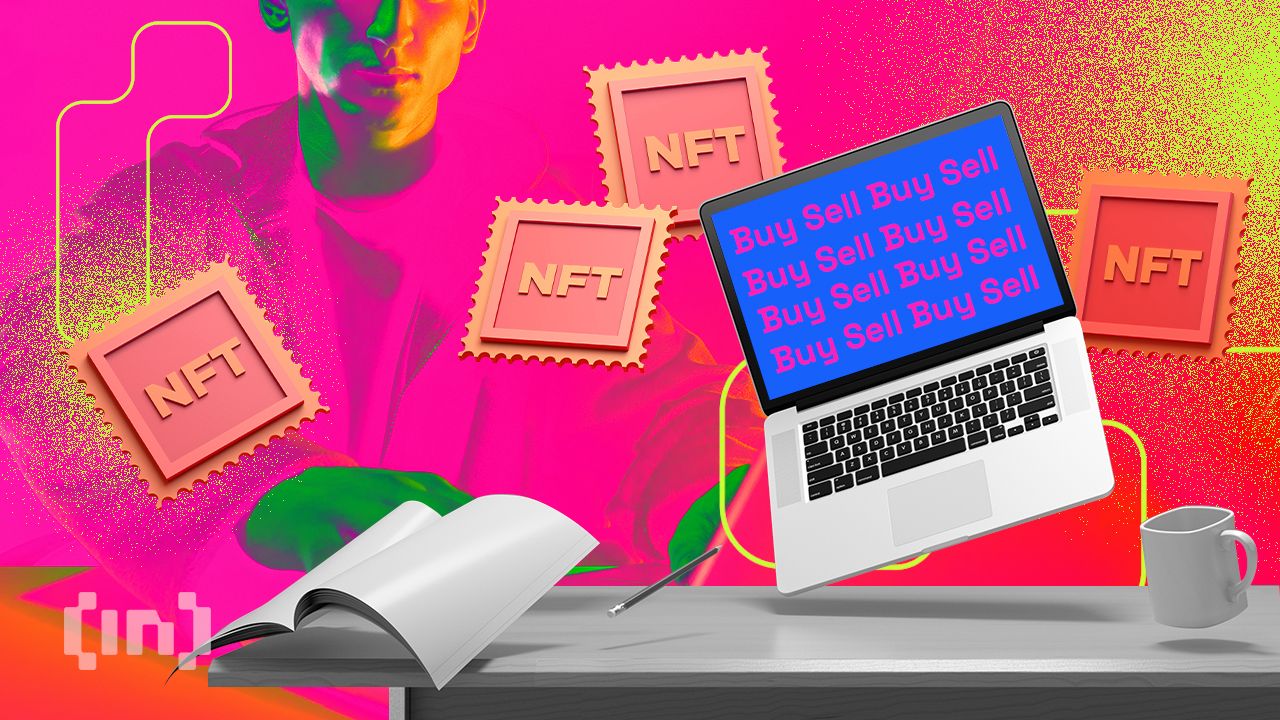The Bank-FinTech network is booming | PYMNTS.com

Venture firms predict that FinTechs will generate another trillion dollars in deposits over the next few years, a fact that traditional banks ignore at their risk, writes Treasury Prime co-founder and CEO Chris Dean in PYMNTS eBook “Baseline 2022: What the next six the months hold. “
It seems clear as economic turmoil and macro effects arise that the volume of payments is likely to decline in the short term. However, payment innovation is still a real thing, and nothing is going to stop the momentum that is already underway.
Most of our FinTech customers use electronic payments as a revenue center – when I say FinTech, I’m talking about any company that moves money on their business platform, including embedded finance companies – so if anything, they double down on this channel because they realize that when Times are getting tough, they want to invest in their most efficient and profitable products.
Banks are also shifting their focus to electronic payments. The number of physical branches will continue to decline, while the volume of what they do online will increase.
If you look at the bigger picture, venture firms predict that FinTechs will generate another trillion dollars in deposits over the next few years – that’s a staggering number. That’s 5% of total deposits in the United States, and this is just the beginning. This is becoming a big enough channel now that if the banks ignore it, it will be big problems for them.
What I think will happen in the next couple of years is that the number of bank branches will continue to decline, while the transaction volume they make electronically will increase. The channel is going to change significantly, because it is so much more efficient to handle payments electronically than to build a new building, and it leads to more profits.
As for other trend lines we are looking at: the “aha” moment for me and my co-founder Jim Brusstar was when we anticipated that open banking services and FinTechs would begin to take over more and more of the daily banking transactions in the US we created a common protocol with Treasury Prime which connected a network of banks to FinTechs. It took us three and a half years of hard work to set up the network, and helped FinTechs work with banks to open bank accounts and issue debit cards, make payments and accrue deposits. Now our networking effect is flourishing, and what we are looking at is the credit side of the business, which is as interesting as the deposit side.
We have helped banks obtain large deposits very cheaply, and reduce costs down to just a few dollars as opposed to thousands. But the credit side can be exactly the same because they have these deposits now that they can lend. This is how banking works; People still need loans, and we are also seeing high growth on the lending side. And because we have an existing network, it is much easier to make these loan products than it would have been five or ten years ago. I envisage a lot of innovation in this sector next year.

——————————
NEW PYMNTS DATA: HOW TOOLS AND CONSUMER FINANCING COMPANIES CAN IMPROVE THE BILL PAYING EXPERIENCE

About: More than half of energy companies and consumer finance companies have the ability to process all monthly bill payments digitally. The kicker? Only 12% of them do. Digital Payments Edge, a PYMNTS and ACI Worldwide collaboration, examined 207 billing and debt collection experts at these companies to find out why it is still elusive to go completely digital.























